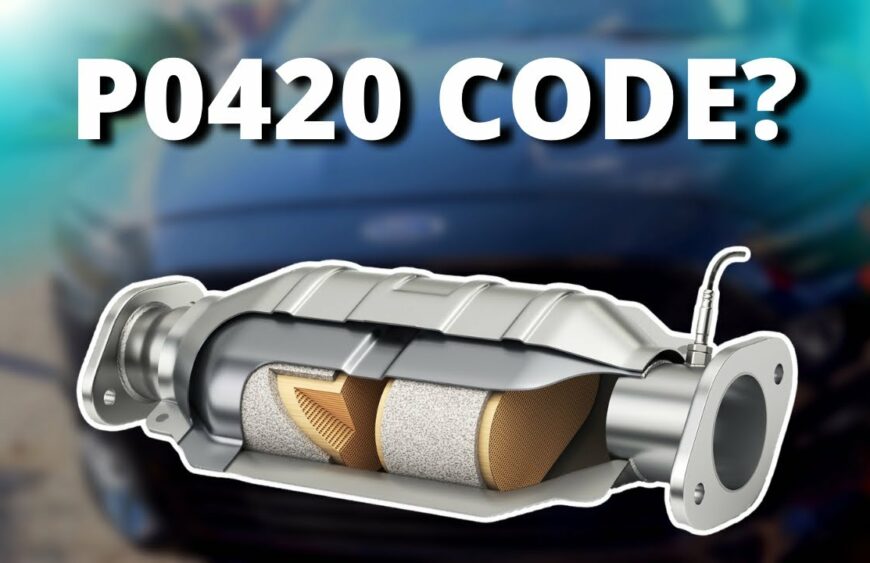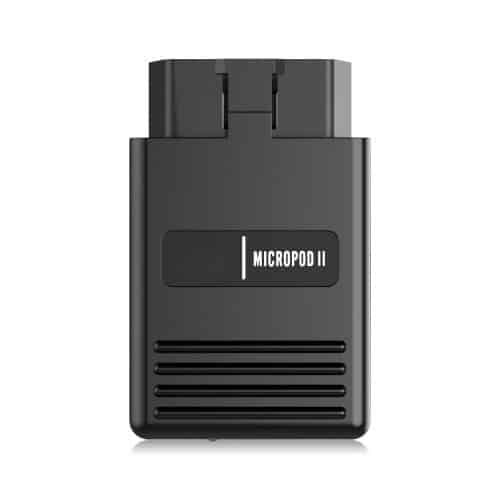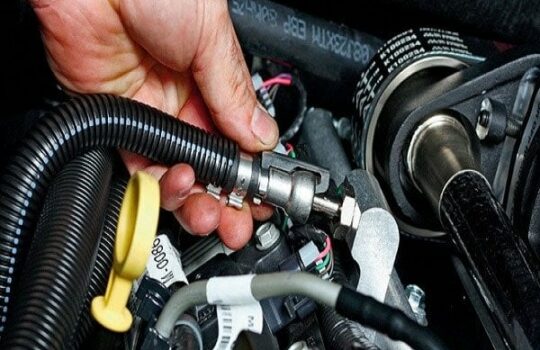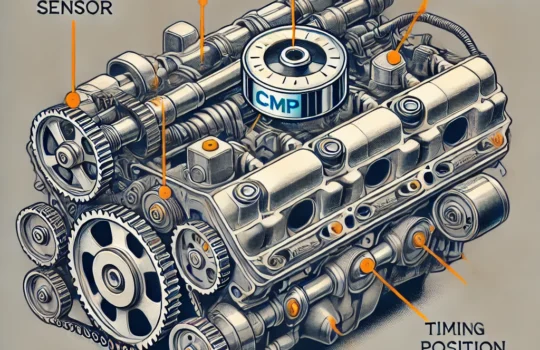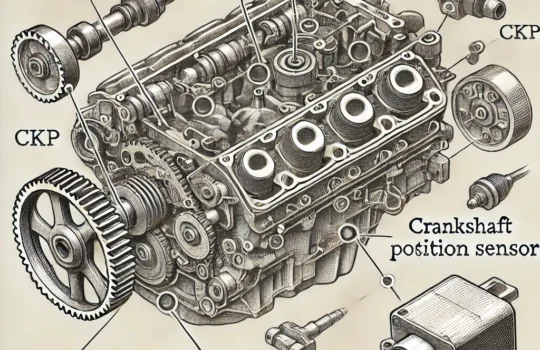⚠️ P0420 Code Summary
| Code Meaning | Catalyst System Efficiency Below Threshold (Bank 1) |
| Common Causes | Faulty catalytic converter, O2 sensor failure, exhaust leak |
| Symptoms | Check engine light, poor fuel economy, failed emissions |
| Diagnostic Tools | OBD-II scanner, live data reader, multimeter, smoke machine (optional) |
| Possible Fixes | Replace catalytic converter, fix exhaust leaks, replace O2 sensor, reset ECU |
Seeing a P0420 trouble code pop up can be frustrating, especially when it points to a catalytic converter issue. Whether you’re an experienced mechanic or just getting started, this guide breaks down everything you need to know—from what the P0420 code means to how you can diagnose and fix it effectively.
Table of Contents
- What is the P0420 Code?
- Symptoms of the P0420 Code
- Common Causes
- Diagnosing the Issue
- Fixing the P0420 Code
- FAQs
What is the P0420 Code?
The P0420 code, officially labeled as “Catalyst System Efficiency Below Threshold (Bank 1),” means your vehicle’s catalytic converter isn’t working efficiently. This usually indicates it’s not filtering harmful emissions properly, leading to increased pollutants in the exhaust.

Symptoms of the P0420 Code
If your car has a P0420 issue, you might notice:
- Check Engine Light – The most obvious warning sign.
- Poor Performance – The engine may feel sluggish or struggle to accelerate.
- Decreased Fuel Economy – You might find yourself refueling more often than usual.
- Sulfur or Rotten Egg Smell – A sign that unburned gases are making it through the exhaust.
- Failed Emissions Test – If your car doesn’t meet emission standards, a faulty catalytic converter could be to blame.
Common Causes of the P0420 Code
The P0420 code can be triggered by various issues, including:
- A Damaged or Failing Catalytic Converter – Over time, converters can overheat, clog, or wear out.
- Faulty Oxygen Sensors – If the upstream and downstream O2 sensors give incorrect readings, it may falsely trigger the code.
- Exhaust System Leaks – Cracks or leaks in the exhaust can interfere with emission readings.
- Engine Misfires – Unburned fuel entering the catalytic converter can cause overheating and damage.
- Contaminated Fuel or Oil – Poor-quality fuel or excessive oil burning can clog the converter.
Read also: P2015 Intake Manifold Error Code: Causes, Fixes, & Prevention
Diagnosing the P0420 Code: A Step-by-Step Guide
If you’re troubleshooting the P0420 code, follow these steps:
- Scan for Trouble Codes
- Use an OBD-II scanner to confirm the P0420 code and check for related codes.
- Inspect the Exhaust System
- Look for cracks, leaks, or rust in the exhaust pipes and gaskets.
- Test Oxygen Sensors
- Use a multimeter or diagnostic tool to check the readings from both upstream and downstream sensors. If they show similar readings, the catalytic converter may be inefficient.
- Check the Catalytic Converter
- Look for signs of damage, discoloration, or clogging. If the converter is glowing red-hot, it may be overheating.
- Evaluate Engine Performance
- Inspect for misfires, fuel mixture issues, or vacuum leaks that could affect converter efficiency.
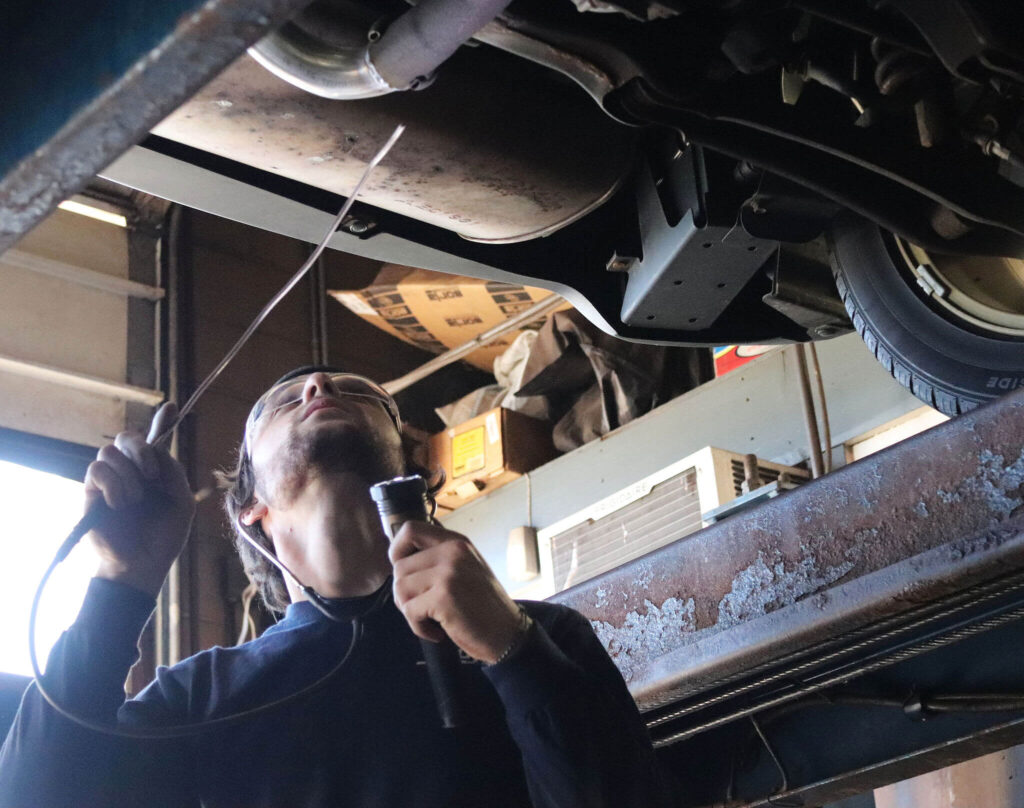
How to Fix the P0420 Code
Once you’ve pinpointed the problem, here’s how you can fix it:
✅ Replace Faulty Oxygen Sensors – If the sensors are sending inaccurate readings, swapping them out can solve the issue.
✅ Repair Exhaust Leaks – Fix cracks or leaks in the exhaust system to restore proper emissions control.
✅ Clean or Replace the Catalytic Converter – If cleaning doesn’t work, a new converter is the best long-term fix.
✅ Fix Engine Performance Issues – Address misfires, faulty spark plugs, or fuel system problems that could damage the converter.
✅ Use a Fuel Additive – Some additives can help clean the catalytic converter and improve efficiency.
Pro Tips for Mechanics
🔹 Educate Your Customers – Explain the importance of fixing the P0420 issue early to prevent further damage.
🔹 Use High-Quality Parts – Cheap oxygen sensors or converters can cause recurring problems.
🔹 Prevent Future Issues – Regular maintenance, good fuel quality, and timely repairs can extend the life of your catalytic converter.
Frequently Asked Questions
Q: How do I fix a P0420 code?
A: Fixing it depends on the root cause. Common solutions include replacing the catalytic converter, fixing exhaust leaks, or swapping out faulty O2 sensors. A proper diagnosis by a mechanic is recommended.
Q: Can I keep driving with a P0420 code?
A: While you can drive with this code, it’s best not to ignore it. Long-term neglect can lead to decreased performance, poor fuel efficiency, and potential engine damage.
Q: Does a P0420 code mean I need a new catalytic converter?
A: Not always. The issue could be caused by a faulty oxygen sensor, an exhaust leak, or engine misfires. A mechanic should diagnose it before replacing the converter.
Q: What does P0420 Bank 1 mean?
A: This code refers to the catalytic converter efficiency issue on the same side of the engine as Cylinder 1.
Q: Which oxygen sensor is related to the P0420 code?
A: While a bad O2 sensor can trigger the code, P0420 primarily relates to the catalytic converter’s efficiency. The upstream and downstream sensors should be checked.
Q: Where is Bank 1 Sensor 1 located?
A: This sensor is on the same side as Cylinder 1, usually near the exhaust manifold or upstream of the catalytic converter.
Q: How do I know if my oxygen sensor is bad?
A: Symptoms of a bad O2 sensor include rough idling, poor gas mileage, misfires, and a Check Engine Light. It’s best to have it tested.
Q: Is it the oxygen sensor or the catalytic converter?
A: Diagnosing whether the P0420 code is due to a faulty sensor or a failing converter requires proper testing. A mechanic can use an OBD-II scanner and voltage readings to determine the real issue.
Final Thoughts
If your vehicle throws a P0420 code, don’t ignore it. While it might not seem urgent, it can lead to bigger issues over time. Diagnosing and fixing the problem early can save you from costly repairs and keep your car running smoothly.
📖 Related Reads:
👉 Top 5 BMW Diagnostic Software to Master in 2023
👉 Understanding the BMW 801C20 Fault Code: Causes & Fix
